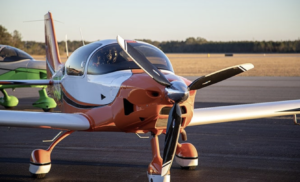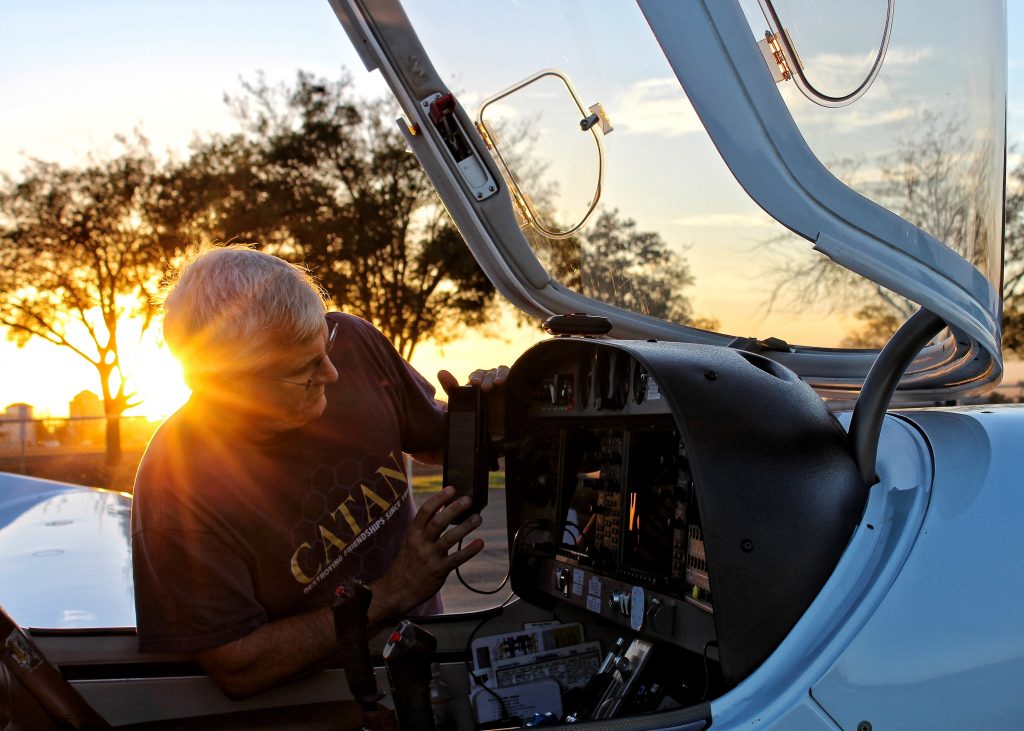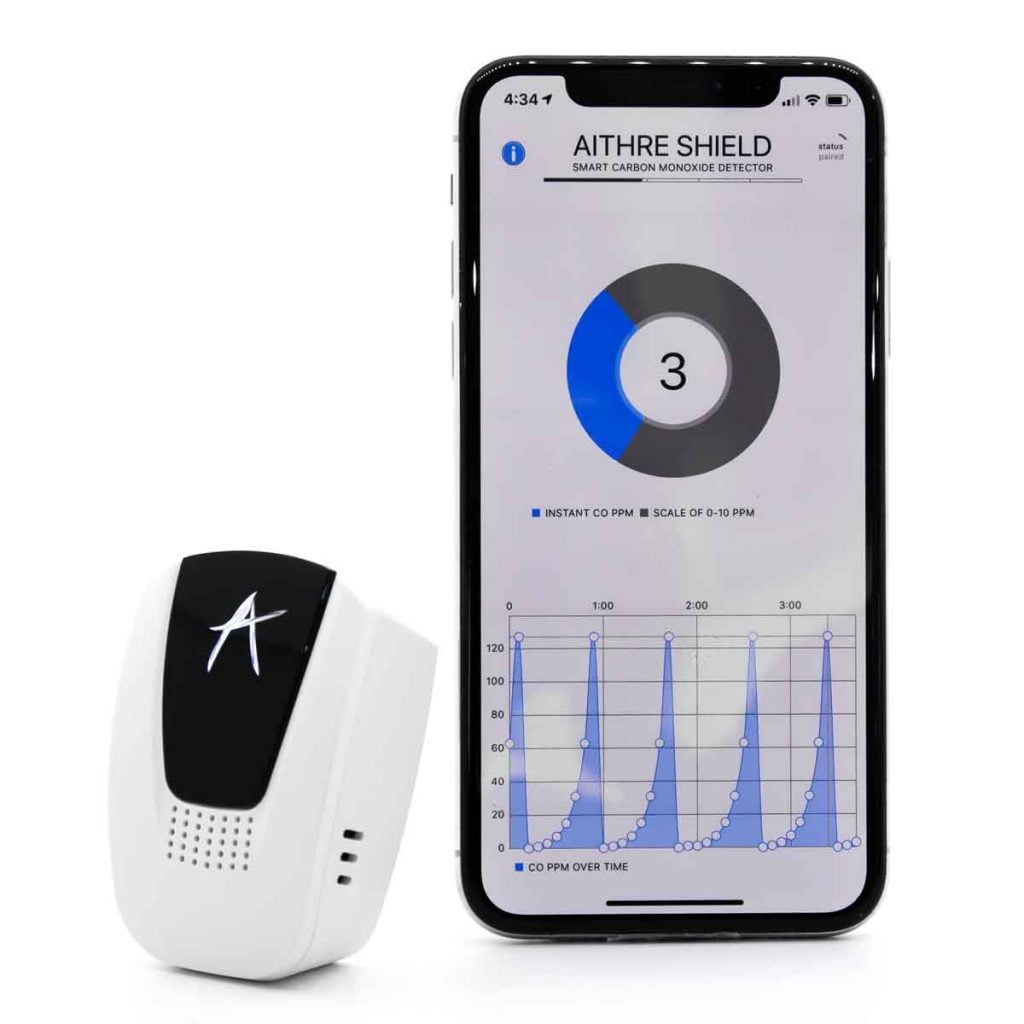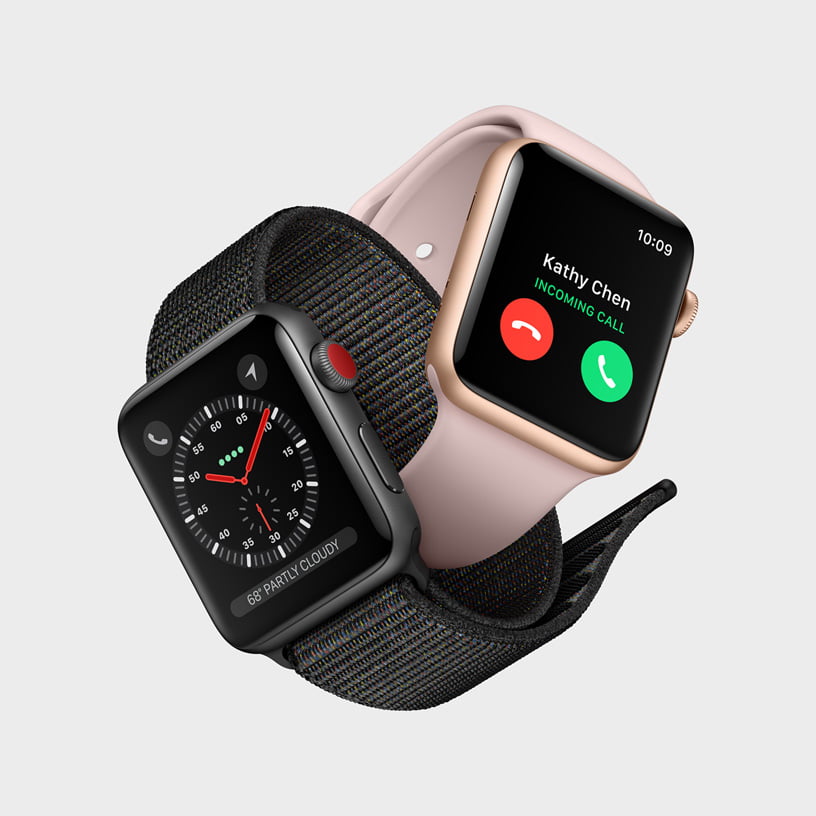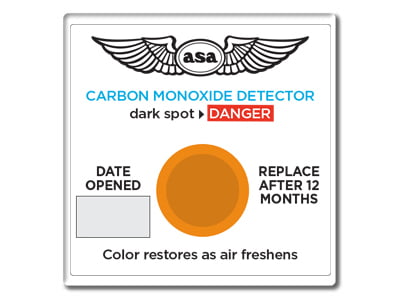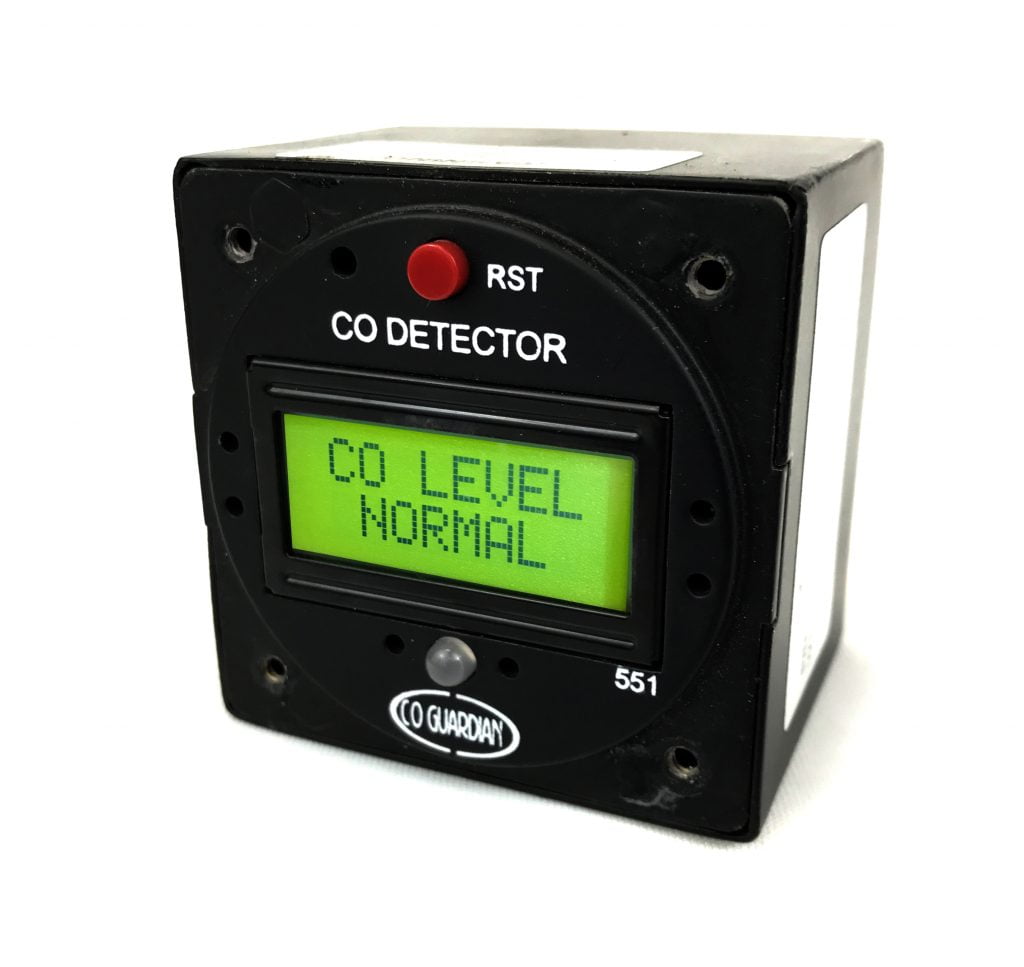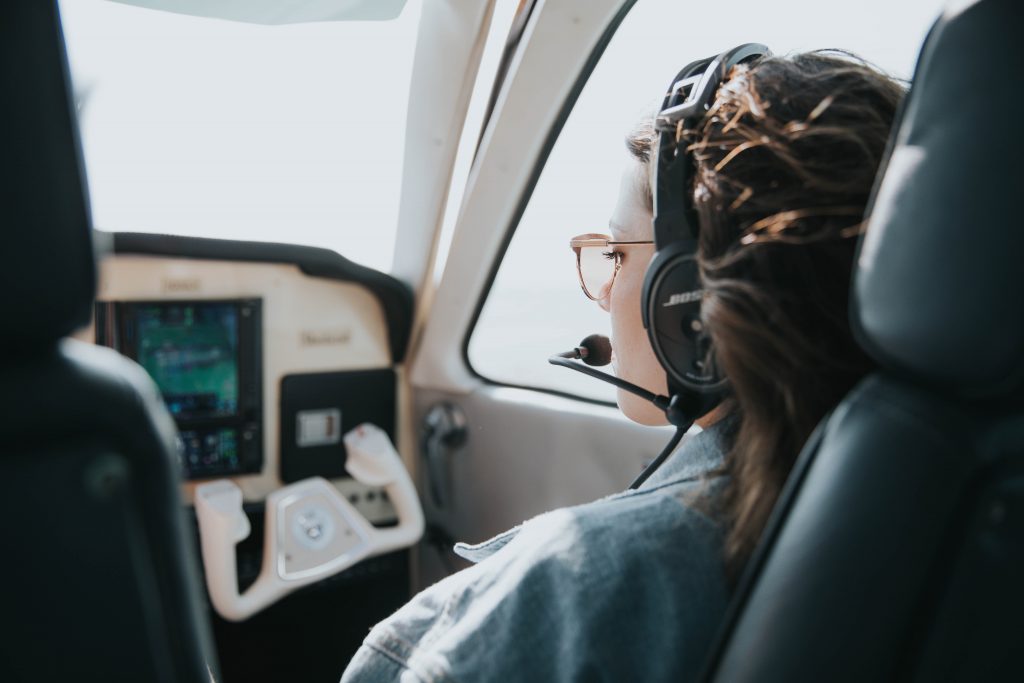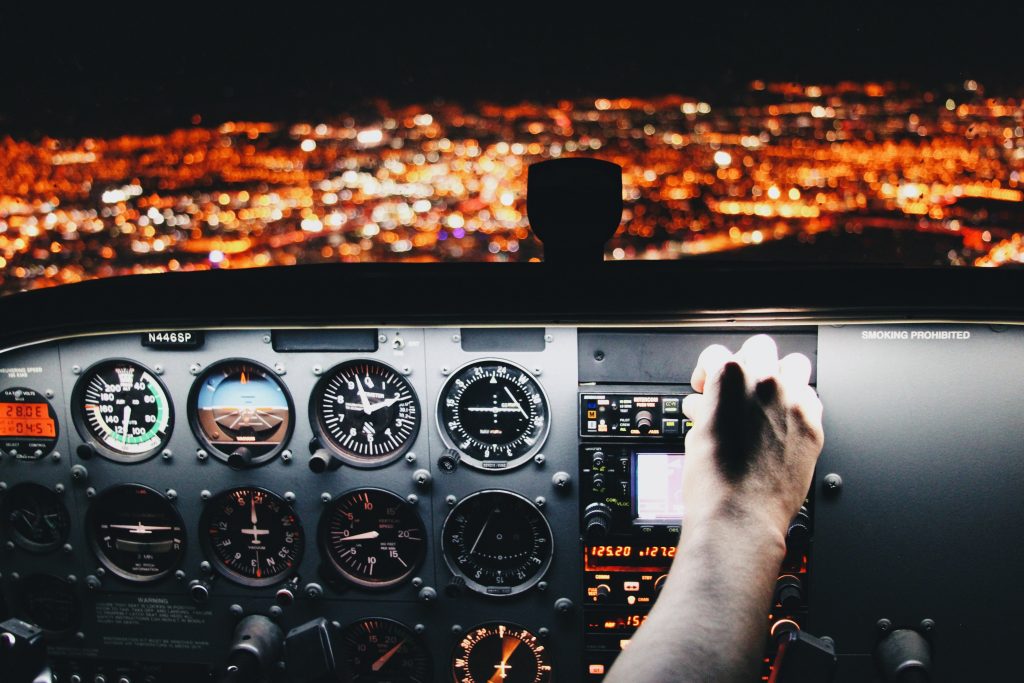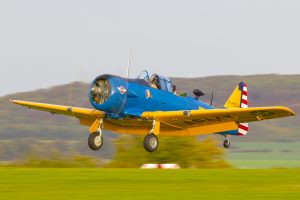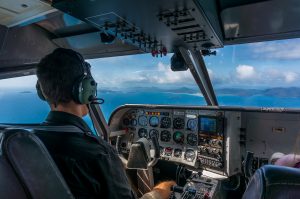According to the FAA guidelines, there are a couple of immediate actions you should take if you believe there is a carbon monoxide leak in the cockpit.
Generally speaking, general aviation aircraft use the carburetor in order to heat the air going into the cockpit vents. However, in a bad situation, these can leak through the air vents and into the cockpit.
Open windows if the Aircraft flight profile permits
Obviously, this goes without saying, Open the windows! If your aircraft profile permits, one of the actions should always be to try and find fresh air. If this means descending or slowing down to an appropriate speed, all action is appropriate in an emergency.
If Available, Use supplemental oxygen
Use any supplemental oxygen available onboard. This will provide you clean breathing air which will clear your head to make appropriate decisions. Of course, only use this option if the conditions permit.
Read more at: https://www.faa.gov/pilots/safety/pilotsafetybrochures/media/cobroforweb.pdf
